Mastering the Types of Keywords for SEO Success

This is the first article in our series on successful SEO. In this article, we discuss the successful SEO campaign we have done for one of our clients, SliceVista.
In SEO, understanding the types of keywords is crucial for attracting the right audience. Buyer intent keywords are categorized into four main types: Informational, Navigational, Commercial, and Transactional. Each type serves a unique purpose and caters to different stages of the customer journey, making it essential to incorporate a mix of these keywords into your SEO strategy to effectively target and engage potential customers.
- Informational Keywords:
Informational keywords are used by individuals seeking general information or answers to specific questions about a topic, product, or service. These keywords indicate that the user is in the early stages of the buying process, primarily focused on learning more about a topic rather than making a purchase. Examples include:
-
- What is real estate?
- Pros and Cons of Fractional Investment
- How does fractional investing work?
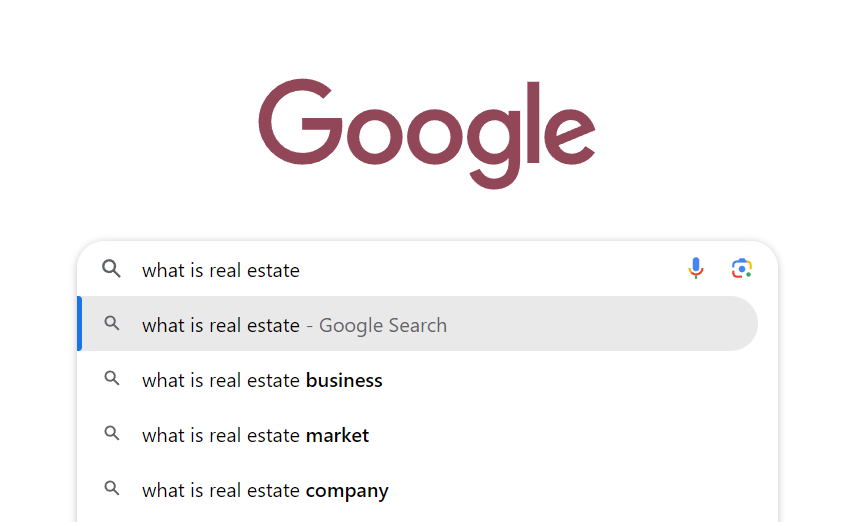
- Key Points:
- Purpose: Build brand awareness and authority by providing valuable information to potential customers.
- Conversion Rate: Typically low, as users are not ready to buy immediately; they are in the research phase.
- SEO Strategy: Include these keywords in critical sections of your website such as titles, header tags, subheadings, and body text to improve search engine visibility and relevance.
- Example: Google’s featured snippets often appear for these searches, providing users with quick answers and enhancing visibility.
- Here is an example of a featured snippet.
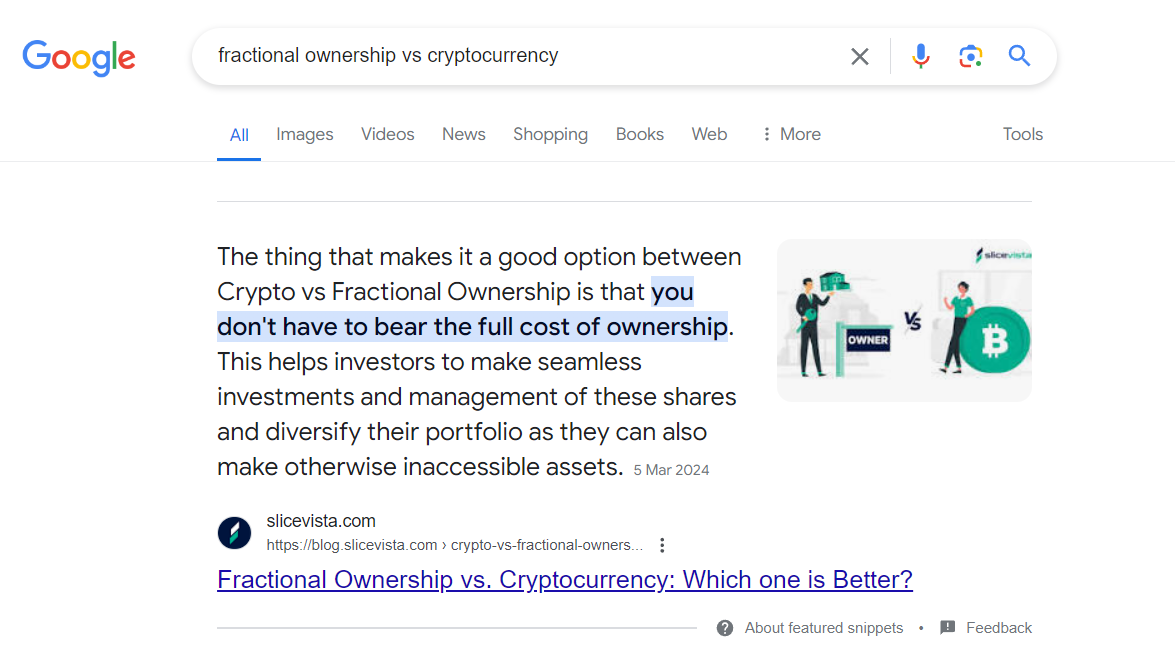
Informational keywords are often long-tail, meaning they are specific and detailed, indicating a user’s intent to learn, understand, or explore a subject more deeply.
- Navigational Keywords
Navigational keywords indicate a user’s intention to find a specific website or page. These keywords are used when the user knows exactly where they want to go, such as a particular brand’s website or a specific webpage. Examples include: “SliceVista blog”

- Key Points:
-
- Purpose: Help users find a specific site or brand quickly, often leading to higher engagement and loyalty.
- Marketing Funnel: Useful in the “interest,” “consideration,” and “retention” stages of the marketing funnel, helping guide users through their journey.
- SEO Strategy: Brands should naturally rank highly for keywords containing their name. Ensuring your site is well-optimized for these searches can capture intent-driven traffic.
- Benefit: Drive organic traffic if the brand or site is well-known, making it easier for users to access relevant content or services directly.
Navigational keywords are beneficial for established brands as they direct users to specific parts of a website, enhancing user experience and engagement.
- Commercial Keywords
Commercial keywords indicate that a user is looking for a product or service but may not be ready to buy immediately. These keywords are used by individuals who are comparing options and seeking reviews to make an informed decision. Examples include:
-
-
- Product or Service Names: For example, “real estate investment firm”
- General Terms: For example, “best,” “top,” “reviews,” or “compare”
- Brand Keywords: For example, “SliceVista real estate investment” or “real estate investment firm SliceVista”
- Price Keywords: For example, “affordable real estate investments”
-

- Key Points:
-
- Purpose: Users are researching products or services and comparing options to make informed decisions.
- Conversion Rate: Medium, as users are in the consideration phase and may move towards purchasing soon.
- SEO Strategy: Use these keywords to target users who are comparing products or services, seeking reviews, or looking for specific attributes.
- Benefit: Attract users who are closer to making a purchase decision, providing an opportunity to influence their choice through detailed information and comparisons.
Commercial keywords indicate a user’s intent to gather information for a potential purchase, making them crucial for capturing leads who are evaluating their options.
- Transactional Keywords
Transactional keywords indicate a user’s intent to buy something or take action on a website soon. These keywords are often used by people who are ready to make a purchase and are looking for the best place to do so. Examples include: Buy, Purchase, Order, For sale, Reserve, Book, Apply, Download, Register, Schedule, Sign up, etc.
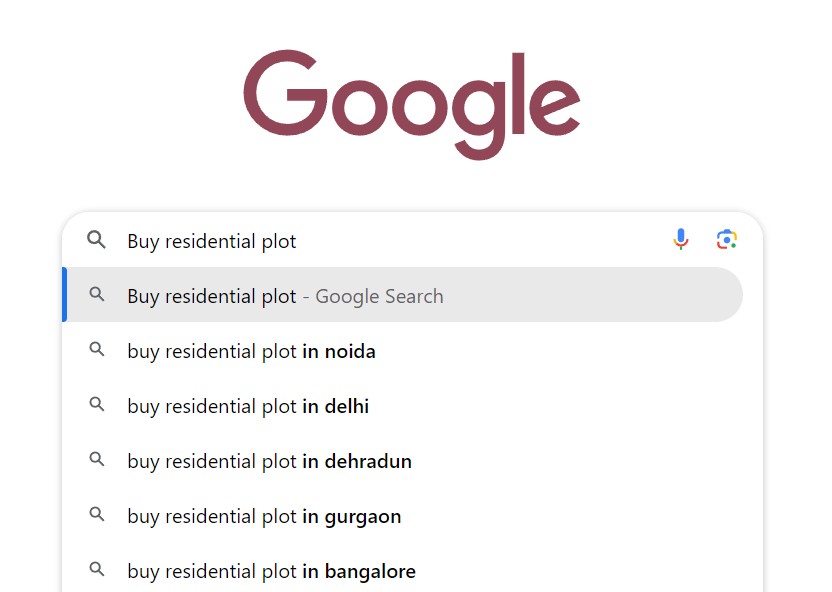
- Key Points:
-
- Purpose: Users are ready to make a purchase or take a significant action, indicating high intent and readiness to convert.
- Conversion Rate: High, as users are in the final stages of the buying cycle, ready to make a purchase or take a specific action.
- SEO Strategy: Utilize these keywords in call-to-actions (CTAs), product pages, and landing pages to drive conversions.
- Benefit: Drive direct sales or actions from your website, significantly impacting your bottom line.
Transactional keywords are crucial for converting potential customers who are ready to take action, making them essential for driving sales and achieving business goals.
- Types of Keywords by Length
- Short Tail Keywords
Short tail keywords are broad and have high search volume and competition. These keywords usually consist of one or two words and are highly general. Examples include: Real Estate, Investments, Properties, Commercial Real Estate, etc.
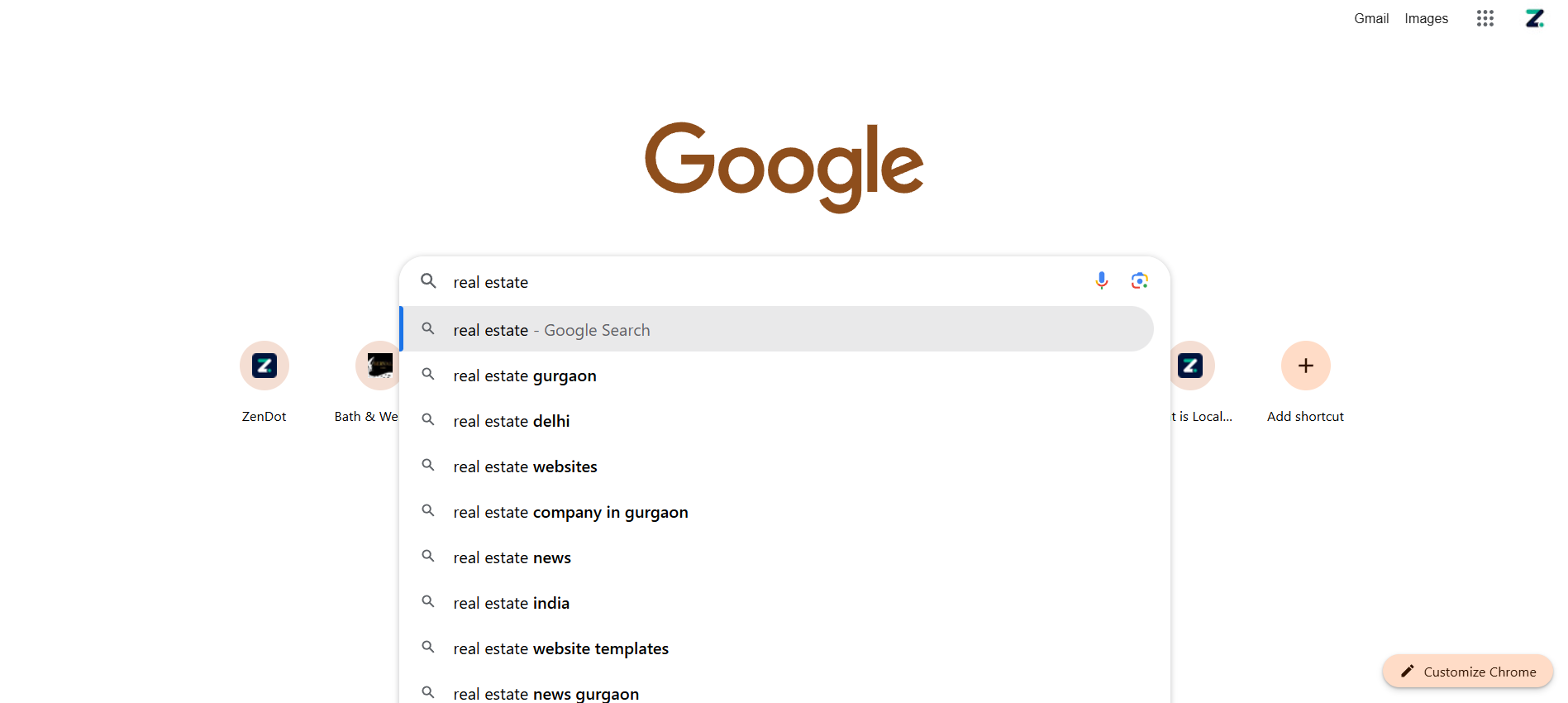
- Key Points:
-
- Search Volume: High, as many users search for these broad terms.
- Competition: High, making it challenging to rank for these keywords without substantial effort and resources.
- SEO Strategy: Targeting these keywords requires a long-term strategy and significant SEO investment.
- Benefit: Can drive a large amount of traffic if ranked highly, but often less qualified and harder to convert due to the broad nature of the search intent.
Short-tail keywords are valuable for attracting a large audience but may not result in high conversion rates due to their broad nature.
- Mid Tail Keywords
Mid-tail keywords are phrases two to three words long with moderate search volume and competition. These keywords are more specific than short-tail keywords but still capture a wide audience. Examples include Real estate investment, Affordable properties, Commercial property investment, etc.
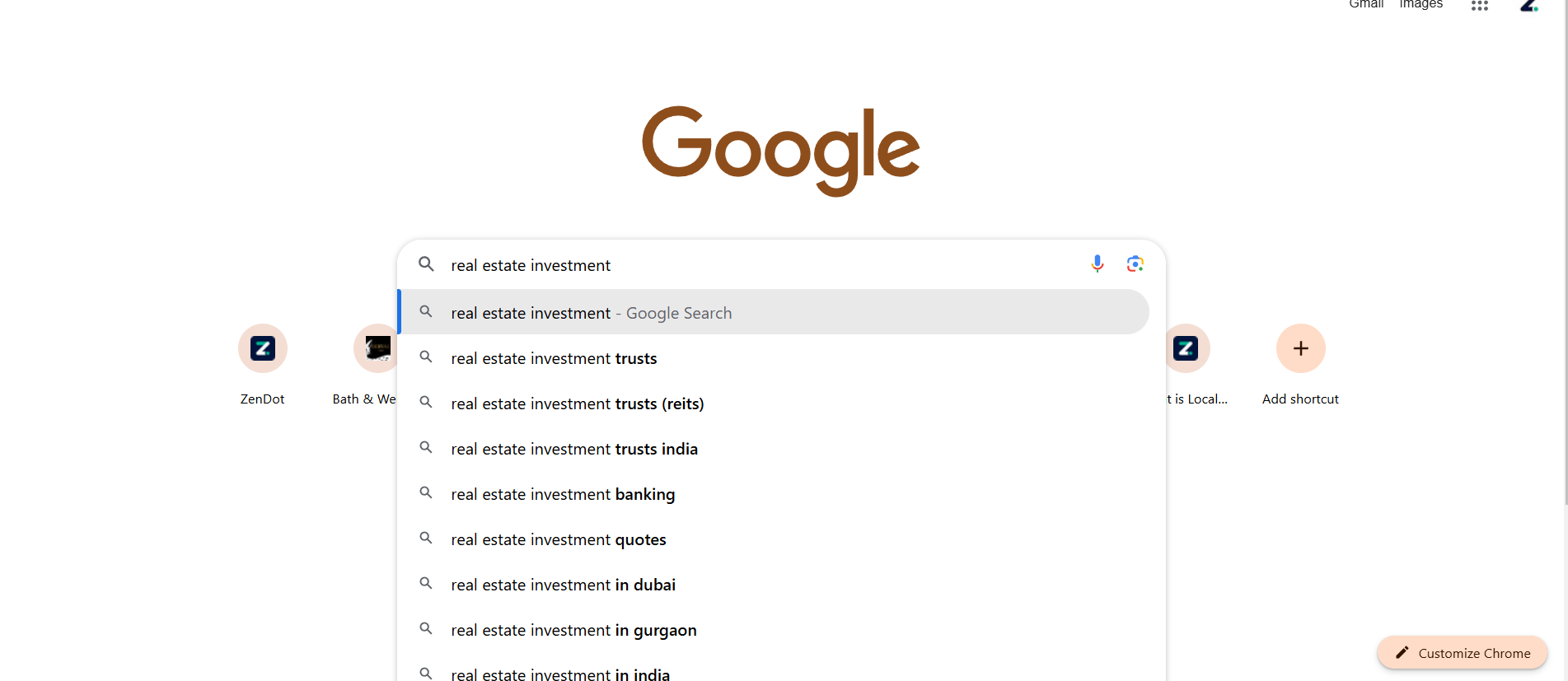
- Key Points:
-
- Search Volume: Moderate, balancing between broad and specific searches.
- Competition: Moderate, making it easier to rank for compared to short tail keywords.
- SEO Strategy: Useful for targeting a specific audience and generating more qualified leads.
- Benefit: Generate more qualified leads than short tail keywords, offering a good balance between traffic volume and conversion potential.
Mid-tail keywords are effective for reaching a targeted audience while maintaining a manageable level of competition and search volume.
- Long Tail Keywords
Long-tail keywords are highly specific and usually consist of three or more words. They often form as questions or detailed phrases. Examples include: “Is it safe to invest in real estate through fractional ownership?”.
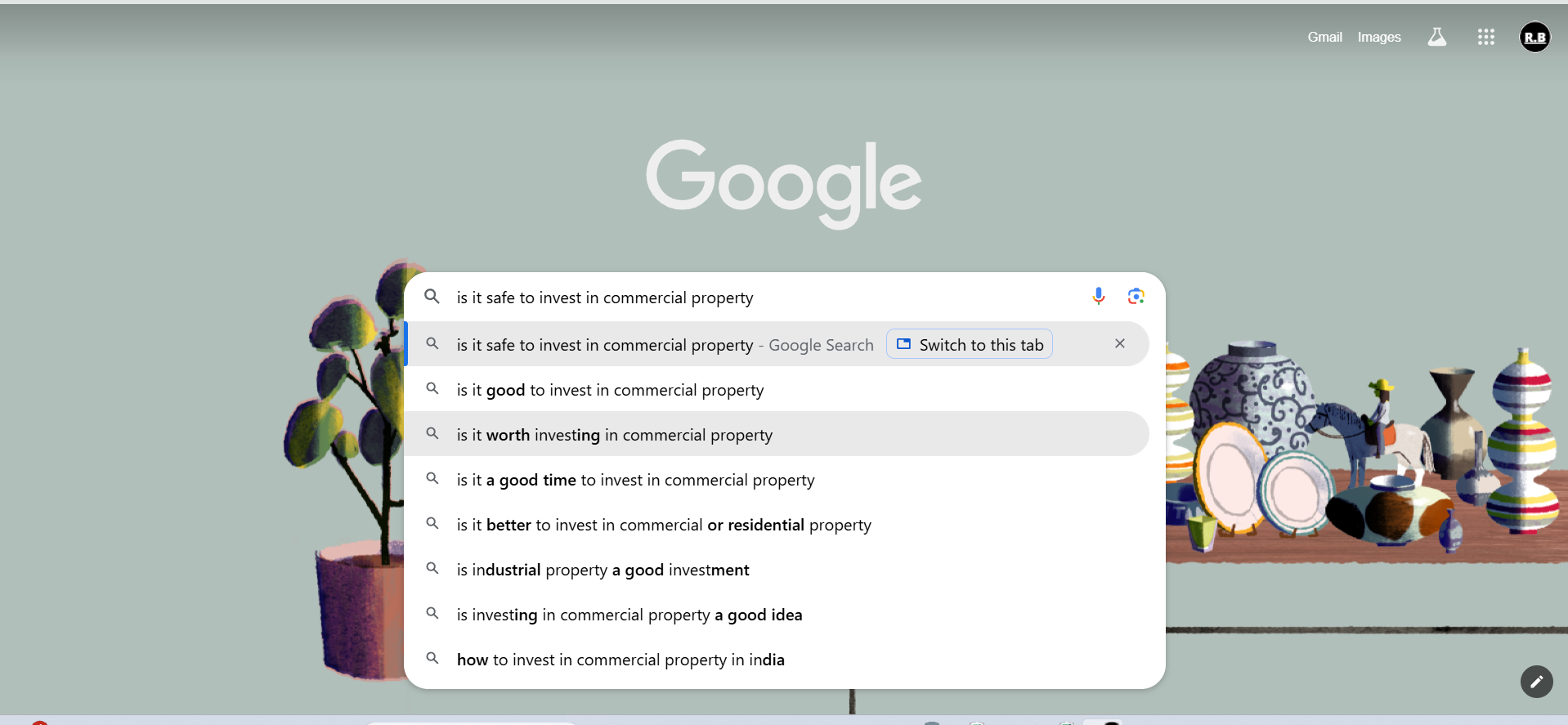
- Key Points:
-
- Search Volume: Low, as these searches are very specific and detailed.
- Competition: Low, making it easier to rank for these keywords.
- SEO Strategy: Target these keywords to attract users with specific intent and higher likelihood to convert.
- Benefit: Attract potential clients who are more likely to convert due to their specific search intent, despite the lower overall traffic.
Long tail keywords are essential for capturing highly qualified leads who are looking for specific information or ready to take action, resulting in higher conversion rates.
- Conclusion
Understanding and utilizing different types of keywords is essential for effective SEO. By strategically targeting informational, navigational, commercial, and transactional keywords, you can attract and convert the right audience, enhancing your brand’s visibility and authority. Additionally, recognizing the differences between short-tail, mid-tail, and long-tail keywords helps in crafting a balanced SEO strategy that drives both traffic and conversions.

